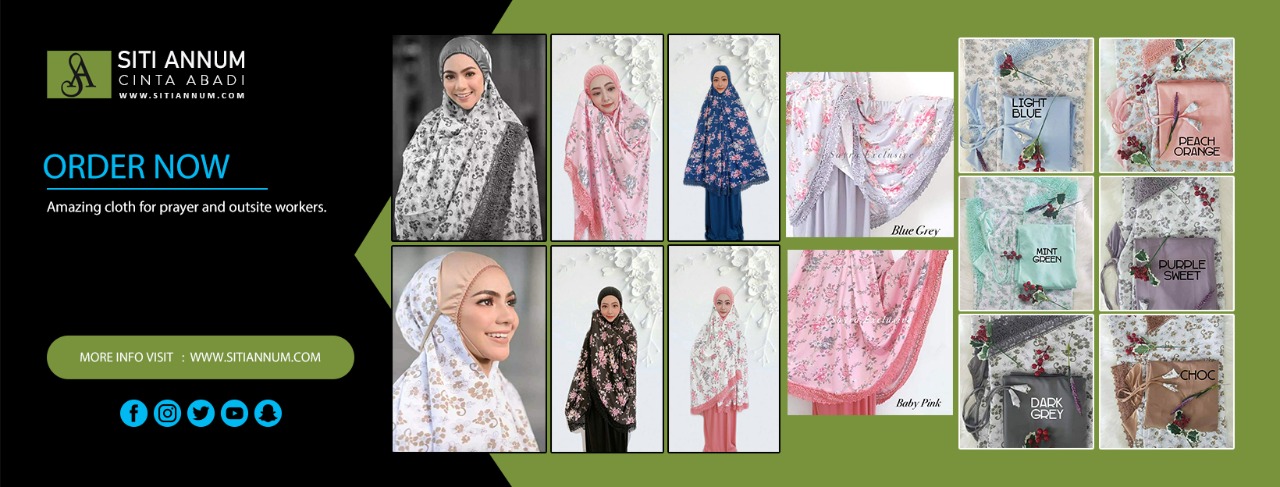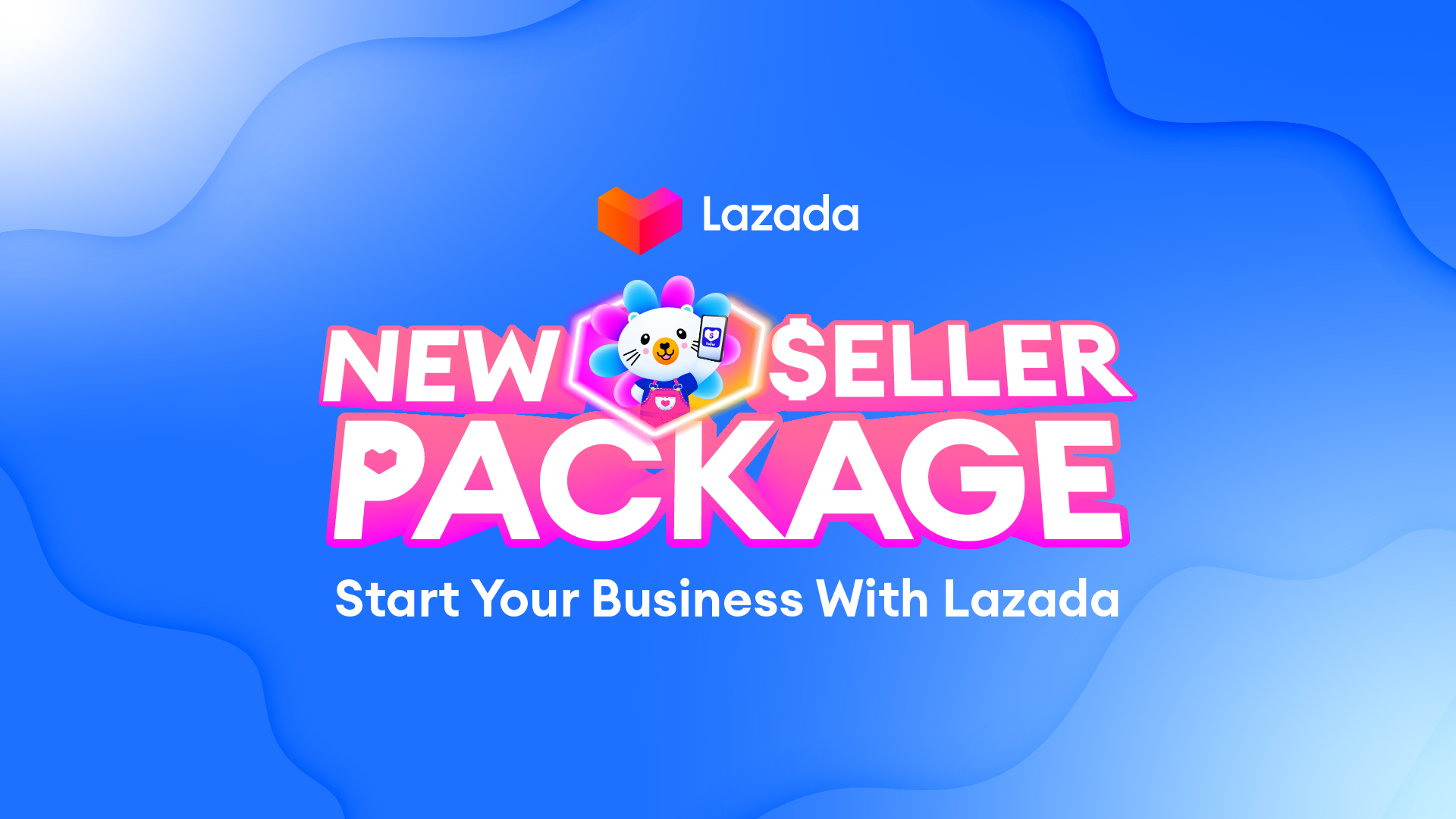Ecommerce offers a huge opportunity for fashion enthusiasts to start their own online clothing store.
Maybe you’ve been making your own clothes and sketching designs ever since you could remember. Or maybe you just love the idea of style and fashion and would like a piece of the exploding fashion eCommerce industry. With the growth of digital channels, increased online access through mobile devices and technological innovations, the online fashion industry has skyrocketed, leaving plenty of room to join in on the action regardless of your motivation.
Launching a business doesn’t happen overnight, and setting up your online fashion store to its fullest potential might take some planning. Before you start listing your wares for sale, you need a foundation that will steer you in the right direction from the start.
In the first part of our ‘Setting up your fashion store’ series, we delved into the importance of deciding on your niche, identifying your target audience and managing your inventory. What are some of the other important aspects you need to know about setting up your online fashion store?

Step 1: Sourcing and manufacturing the clothes for your line
Now that you have your business plan to guide you, it’s time to get into the meat of learning how to start a clothing line: designing your clothing and sourcing your material. This can be the most challenging part of the process for many entrepreneurs starting a clothing line, especially those who haven’t worked in the fashion industry before.
You might have a clear idea of what kinds of materials you want to create your product with, or you may need to do some research. Finding reliable manufacturers or product suppliers for a price you can afford is half the battle of running an online boutique. A major challenge every designer will face is reconciling the cost and the quality of your materials.
Finding the right manufacturer to produce your clothing is crucial to bringing your vision to life. When seeking a manufacturer, consider factors like your manufacturer’s minimum order quantity, cost, quality and trustworthiness. You might also want to find a manufacturer with in-house pattern makers to streamline your processes.
Step 2: Locate and vet your suppliers
Even if you’re making everything yourself, your suppliers will help you bring your products to life. And you need to make sure you’re balancing the quality of the supplies with your budget. Ultimately, you want to find a supplier or wholesaler who offers quality products, on-time delivery and excellent customer service.
When choosing your supplier, here are some things to look out for:
● Consider quality: To ensure that you’re delivering quality products to your customers, you must check how good they are yourself. Request samples so you have a better idea how the products will look and feel.
● How will the relationship work: Will you have a point person to communicate with? How quickly can you expect deliveries, and how much control do you have over the amount you order?
● Location: Having someone close to home as a supplier or manufacturer makes it easier to communicate your needs. You might also find that working with local boutique vendors helps you get your supplies quicker.
● Reviews: Does the supplier have a history of success? Check online for reviews or reach out to your network to see if anyone has worked with them before.
Step 3: Price your products
Choosing a price point for your products is a balancing act and will affect every area of your business. A lower price isn’t always ideal, as the product might see a healthy stream of sales without turning any profit. Similarly, when a product is priced too high, a retailer may see fewer sales and lose their market positioning among more budget-conscious customers.
Ultimately, every business owner must find and develop the right pricing strategy for their particular goals that also aligns with your market. Consider factors like cost of production, consumer trends, revenue goals, funding options, and competitor product pricing and you’ll have a better sense of how much it costs to start your clothing line, and therefore, you can price your items accordingly.
Your initial market research and knowledge of your target audience will come into play when it comes to pricing. You should already have a sense of who your demographic is, what their spending habits look like and how much they’d be willing to spend on your items. You can always decide to edit or change your pricing as you launch your clothing line and have a better feel for the market.

Need some extra inspiration?
From selling offline with physical stores in both Malaysia and China, Mr. Sheikh Omar, owner of Siti Annum Online Store, decided to bring his passion to the online world at the age of 69. Without any knowledge in eCommerce, it is his passion and market demand for his products that has led his business selling Muslim Wear to success.
Using Lazada Seller Tools such as the Sponsored Discovery to boost internal traffic and enhance visibility, Siti Annum Online Store has seen a 10% YOY growth with its products such as the telekung, inner hijab, hijab, and kaftan.
The company ensures that their assortment strategies tie-in together with buyer demands, and focuses on having the right products with right pricing. As an eCommerce fashion store, it also ensures that the business always has a Seller rating of >95%, product quality rating of above 4.5 and a chat response rate of above >85% in order to stay at the top of its game. This is a great example of how quickly and successfully your online fashion store can grow with the right strategies in place!
At the end of the day, with the right combination of skills, a solid business plan and a flexible eCommerce platform, you can set up your fashion store and get it up and running in no time. With so much potential on the horizon, taking a leap into the world of fashion eCommerce now can help you capitalize on trends rather than letting an opportunity pass you by.

Join Lazada’s latest fashion Gayamu, Caramu campaign and stand a chance to win cash prizes total worth up to RM60,000, Sponsored Discovery Ads credit total worth up to RM3,000 and more!
Interested to be your own boss? Sign up as a Lazada seller today.
Follow us on Facebook, Instagram, TikTok, and subscribe to our YouTube channel for the latest ecommerce trends and seller hacks.









